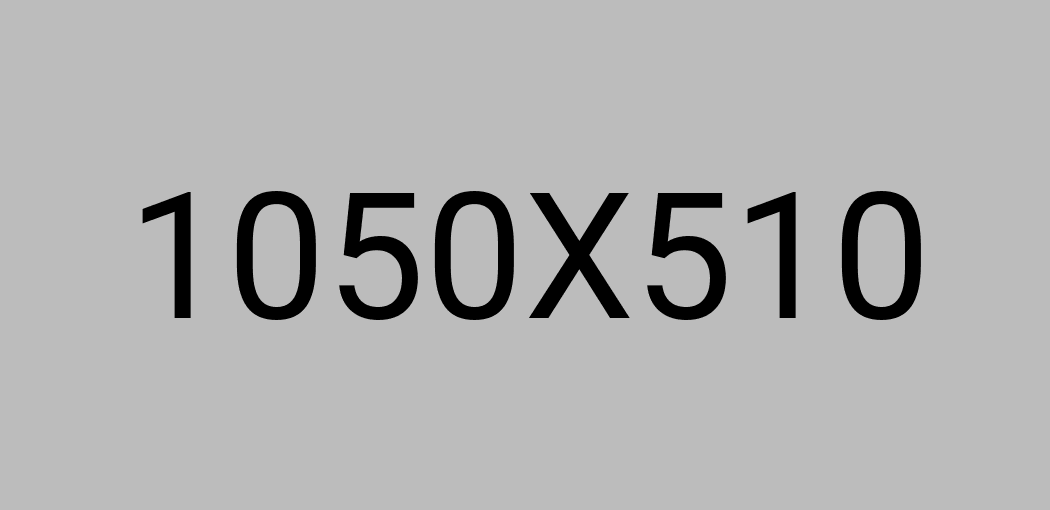tempestt graphs a function that has a maximum located at (–4, 2). which could be her graph?on a coordinate plane, a parabola opens up. it goes through (negative 6, 6), has a vertex at (negative 4, 2), and goes through (negative 2, 6).on a coordinate plane, a parabola opens up. it goes through (2, 6), has a vertex at (4, 2), and goes through (6, 6).on a coordinate plane, a parabola opens down. it goes through (negative 6, negative 2), has a vertex at (negative 4, 2), and goes through (negative 2, negative 2).on a coordinate plane, a parabola opens down. it goes through (2, negative 2), has a vertex at (4, 2), and goes through (6, negative 2).
Answer
To determine which graph could be Tempestt’s, we need to consider the key characteristics of the function based on the given maximum point at (−4,2)(-4, 2)(−4,2). Specifically, we’re looking for a parabola that has a vertex at (−4,2)(-4, 2)(−4,2) and opens downwards (since a maximum is at the vertex).
Here’s a breakdown of the options:
- Parabola opens up, vertex at (-4, 2):
- This parabola would not have a maximum at (−4,2)(-4, 2)(−4,2); instead, it would have a minimum.
- Parabola opens up, vertex at (4, 2):
- This parabola also would not have a maximum at (−4,2)(-4, 2)(−4,2); it has a minimum at (4, 2).
- Parabola opens down, vertex at (-4, 2):
- This is the correct configuration since it has a maximum at the vertex. We need to check if it matches the given points (−6,−2)(-6, -2)(−6,−2) and (−2,−2)(-2, -2)(−2,−2), which would confirm it.
- Parabola opens down, vertex at (4, 2):
- This parabola does not have a maximum at (−4,2)(-4, 2)(−4,2); instead, it would have a maximum at (4, 2).
So the correct choice is:
On a coordinate plane, a parabola opens down. It goes through (–6, –2), has a vertex at (–4, 2), and goes through (–2, –2).
This option correctly describes a parabola with a maximum at (−4,2)(-4, 2)(−4,2) and opens downwards.
































